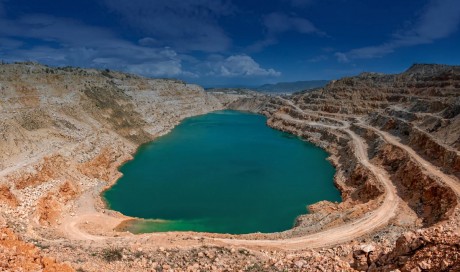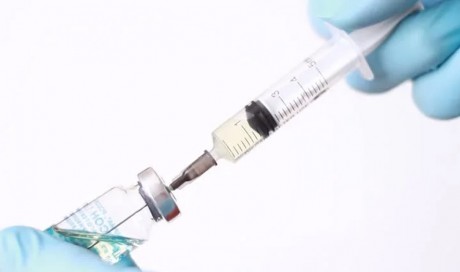Use the Shade…
In the event that I’m going to be out in the sun for much longer than my skin is used to, it is often easy enough to just put on a hat or shirt to shield my skin. This is the approach that the Environmental Working Group recommends. It is more effective at stopping excess sun exposure, costs less, and doesn’t harm the ocean. A common sense win:win scenario.
Use Natural Sunscreen
If I’m going to be in intense sun and can’t easily cover up when I’ve gotten enough sun, I will very occasionally use natural sunscreen. I’m yet to use it this year, and hope not to at all, but I wanted to share my recipe (and best picks for pre-made) so that if you are in the sun for extended periods of time this summer, you have a natural option.
This homemade sunscreen would also be a more natural alternative for really young children, those taking medication that increases sun burn risk, or those who burn very easily.
Just to clarify, even though this natural sunscreen smells great and is naturally moisturizing, I don’t recommend using it daily since the Vitamin D you get from the sun will be more beneficial in the long run!
Is Homemade Sunscreen Dangerous?
Several recent articles claim that homemade sunscreens are harmful and that a person should never consider making their own sunscreen. Their reasoning is that you can’t verify the SPF with homemade sunscreens so the chance of burning is higher.
I certainly agree that homemade sunscreens don’t have the lab testing that conventional ones do, but you know what else they don’t have? Endocrine disruptors and coral killing compounds. Also, sunscreen should be a last resort, according to the EWG, and shade and getting out of the sun are better options anyway.
So we shouldn’t use homemade sunscreens in the same way we use conventional. I’d also argue that we shouldn’t use conventional sunscreens in the way we normally do either.
Bottom Line: Use common sense and get safe sun exposure. The amount and safety varies by person and I definitely recommend doing your own research and talking to a knowledgeable naturopath to figure out what works best for you.
Choosing Natural Sunscreen Ingredients
Many of the ingredients in this recipe have a natural SPF (sun protection factor). This is a natural recipe and has not been tested by a regulatory organization for exact SPF. For this reason, I can’t (and don’t) make any claims or even guesses as to the combined SPF.
The individual ingredients are considered low SPF and generally quoted at these levels:
- Almond Oil- SPF around 5
- Coconut Oil- SPF 4-6
- Zinc Oxide SPF 2-20 depending on how much is used
- Red Raspberry Seed Oil SPF 25-50
- Carrot Seed Oil – SPF 35-40
- Shea Butter – SPF 4-6
The final version will have a varied sun protective ability depending on the amount of each ingredient used. For a simple version, even just coconut oil and shea butter with a little Raspberry Seed and Carrot Seed Oil or some Zinc oxide will work for moderate exposure.
As always check with your doctor or dermatologist before using any new products.
NOTE: This is an improved recipe since many people were having trouble getting the temperatures exactly right to get the lotion to emulsify (as per the comments below). This recipe will not have any of those issues!
Homemade Sunscreen Ingredients
- ½ cup almond or olive oil (can infuse with herbs first if desired)
- ¼ cup coconut oil (natural SPF 4)
- ¼ cup beeswax
- 2 Tablespoons Zinc Oxide (This is a non-nano version that won’t be absorbed into the skin. Be careful not to inhale the powder).
- Up to 1 teaspoon Red Raspberry Seed Oil– optional
- Up to 1 teaspoon Carrot Seed Oil– optional
- 2 tablespoons Shea Butter (natural SPF 4-5)- optional
- Optional: Essential Oils, Vanilla Extract or other natural extracts to suit your preference (Do not use citrus essential oils as they increase sun sensitivity)
...[ Continue to next page ]
Share This Post













